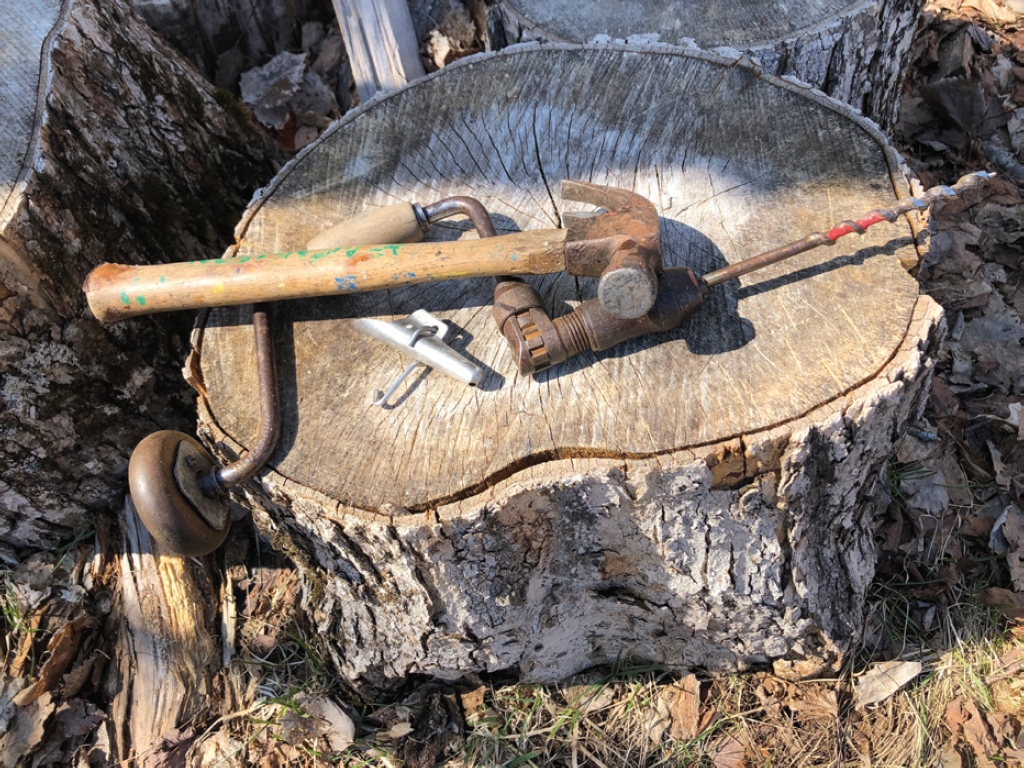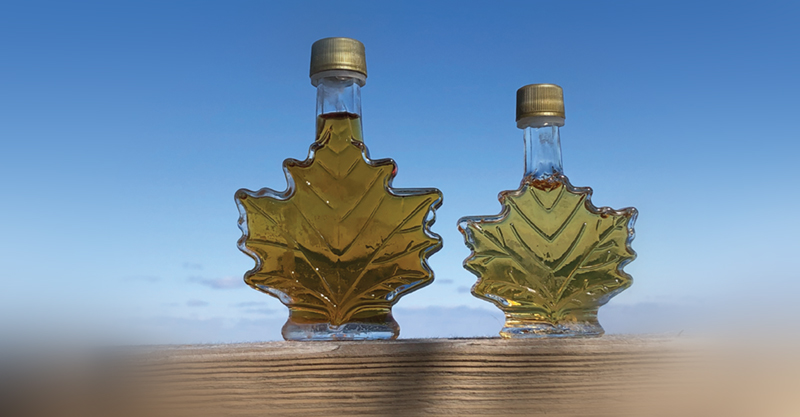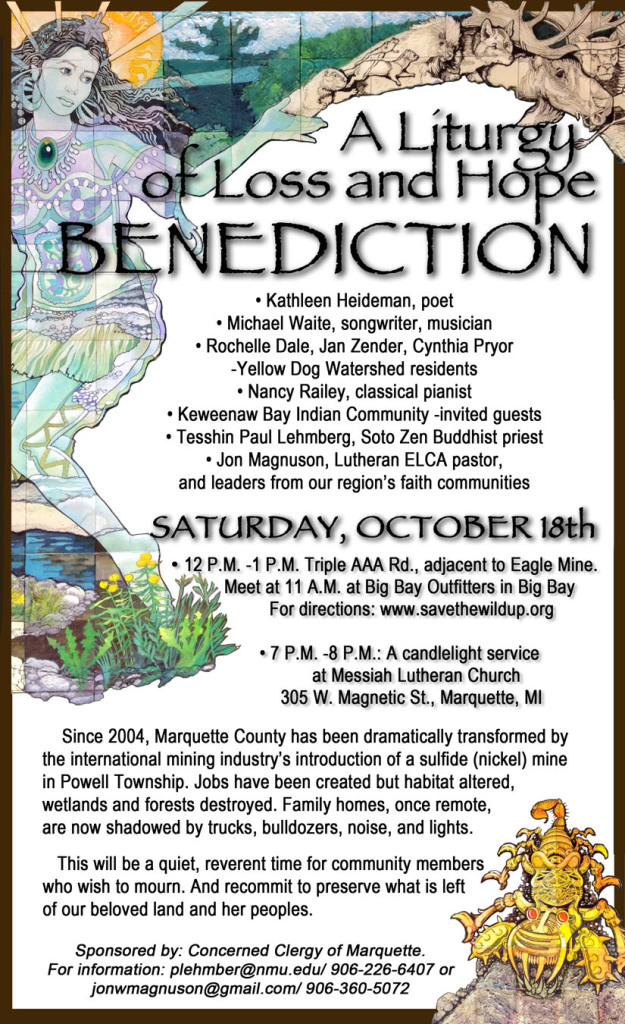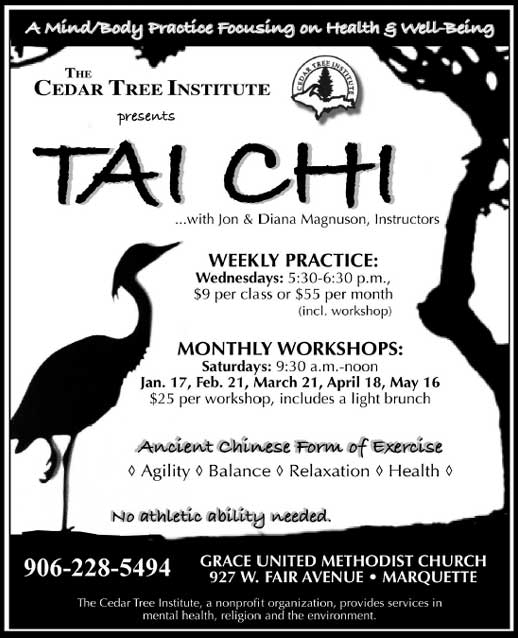*This article was written by Jon Magnuson, and published in the Lake Superior Magazine April / May, 2021.
“To everything there is a season…”
– Ecclesiastes 3:1
I’m watching the weather. Carefully. I’m looking for a specific equation during this long-awaited spring: Nights below freezing, days in the 30s° F. Energy is moving; expectations are mounting.
I begin doing extra push-ups and sit-ups each morning. I check the leather straps on my snowshoes. It’s my 25th year getting ready to engage in a 1,000-year-old ritual: Maple sugaring.
Our family’s 2005 Jeep is in reasonable shape, I made sure of that. Up here, north of the 46th Parallel, trucks and 4-wheel SUVS are essential for navigating melting ice and snow on backwoods roads. Soon I’ll be among a hardwood forest’s crisp, clear air at a remote cabin in Michigan’s Upper Peninsula, 40 miles from my Marquette home.
Over the years, I’ve refrained from plastic tubing, electric drills and hydraulic pumps for gathering the 250 to 300 gallons of sap from our stand of maple trees each spring. I prefer connecting with my body, using a brace and bit, hammers and taps, hauling buckets, pulling sleds. Some of my neighbors look forward to early spring respites in Florida or Arizona, but I find deep satisfaction in spending days with other like-minded souls among the trees, welcoming the first bits of greenery after Mother Earth’s long, winter sleep.
Making maple syrup means entering a different sense of time and space. Scholars of world religions remind us of tensions between “natural” and “historical” legends. The former are stories grounded in cyclical rhythms of the natural world, the latter shaped by chronological and clock time. Anthropologists and theologians warn if we disassociate from the seasons of nature and the rituals accompanying them, we risk slipping into anxiety disorders or addictive behaviors. Cyclical, earth-rooted traditions, like making maple syrup, offer us opportunities to ground in the natural world, spiritually and emotionally. And here’s why: The making maple syrup and maple sugar cannot be rushed.
There is great mystery at work in the process, a dynamic combination of freezing nights and warm days feeding an underground hydraulic system. Such phenomena invite wonder and awe. Under the forest’s floor, this rhythm of constriction and expansion lifts hundreds of thousands of gallons of moisture up into the trees. But there’s a catch. This uploading occurs in nature’s time, not ours.
For a few weeks and days, we can bow before a maple grove’s remarkable secret, one over which stock markets, social obligations and office schedules have absolutely no control.
Then there’s the labor … and the need for patience. Good gloves are important. And boots – snow can still be 3 feet high along the shore in early April. Work begins with drilling holes, setting taps into trees, by hanging pails, then gathering and boiling sap. Ratios of sap to finished syrup differ year to year, dependent on the sap’s sugar content. Typically ratios for boiling sap to syrup runs 40:1 to 60:1. This requires hours and days of boiling sap in pots and evaporator pans. One needs to accommodate the unexpected: a spilled pot of syrup, a drowned chipmunk in a sap pail, a moose calf deciding to sample contents in a bucket hanging from a tap on a distant tree. Wise syrup-makers all build such possibilities into their plans.
Sugar-making is another step, a challenging one. Heated syrup is ready to bottle at 217° F. The syrup then needs to rise an additional 45° or so to about 265° F. It’s then folded, preferably in a wooden bowl with a wooden spoon, before it turns to sugar. If you’re lucky, it magically crystalizes. Generations of Native peoples put the highest value on maple sugar, since it needs no refrigeration. It was used as a currency for hundreds of years in North America before Europeans arrived. Unlike maple syrup, maple sugar continues to be a rare commodity. It retails these days for up to $30 per pound. That is, if you can find it.
Maple sugar served historically, as a key food staple for the Ojibwe, Odawa and Cree peoples.
Imports of cheaply processed cane sugar in the early 19th century, diminished the attraction of and desire for maple sugar. Yet today, the maple syrup industry still thrives across Northeastern states and Eastern Canada as an economic enterprise valued at over $500 million a year. Maple syrup’s link to Native culture, its flavor, its stunning visual beauty, its healthy combination of minerals and trace vitamins, continue to set it apart as a specialty item in expensive shops on Chicago’s Michigan Avenue and on New York’s Times Square. It’s expensive for a reason. Only a few know what it takes to produce a bottle of pure maple syrup.
I was reminded of that a couple of years ago when I served on the planning team for a local film festival. On a visit, one volunteer told me she is a member of the Lac de Flambeau Band of Lake Superior Chippewa in northern Wisconsin, where she grew up. As she prepared to leave, I offered her a bottle of maple syrup from my most recent springtime efforts. Her face brightened. “Thank you so very much,” she said. “I know what this takes. I grew up hauling hundreds of buckets of maple sap with my sister and father in the forest every spring.”She offered a parting recollection: “My sister and I, once in a while, would bring our boyfriends home. We usually offered them pancakes and watched how they enjoyed our family’s maple syrup. If they didn’t finish every drop, we gave each other a thumbs up or thumbs down,” she said, adding with a mischievous grin, “Under the table, of course.”

Traditional Indigenous teachings lift up a reciprocal relationship with the natural world. Botanist and noted author Robin Wall Kimmerer, an enrolled member of the Potawatomi Nation, warns that modern culture instructs us to monetize and commercialize everything. She invites us to recover “a gift economy.” She believes we can learn from Indigenous culture to reclaim and rebuild traditions of gift giving tied to genuine gestures of reciprocity and grace.
Her perception resonates. Several Great Lake tribal communities with which I’ve worked have reflected hesitancy to commercialize family traditions such as maple syrup making. At first, their reluctance was puzzling; now I appreciate their caution. Freely sharing resources binds us into deeper community; such transactions are built on foundations of sacrifice, gratitude and generosity. These attributes, Robin suggests, are the very things that hold the world together.
The art of maple syrup making involves using tools, moving efficiently among trees and patches of melting snow, plus tending stoves, cleaning pails and boiling pans for hours. The tasks are challenging with wet boots, tired limbs and the constant threats of slipping on ice or tripping over logs. (I’ve stumbled and spilled more than my share of buckets of syrup into the snow or, during moments of benign neglect, burnt more than a few bottoms of evaporator pans.)
Here’s a lesson, in that regard, recently learned from the mind-body teacher George Leonard. The insight is gleaned from his practice of Aikido. When facing any challenge, Leonard counsels, one needs be aware and conscious of limitations. Be flexible, he suggests. Be ready to adapt. He calls this “moving the line.”
I turn 75 this year. Fears that my maple syrup and sugar days will come, one day, to an end haunt me. But I can move the line. Last year I tapped 50 trees. This spring it will be 40. Years from now, perhaps 10. I plan to be here for a good for each new maple sugar season, preparing to offer thanks to a grove of maple trees, a small contribution to a thousand-year-old gift economy.

Jon Magnuson
The Cedar Tree Institute




